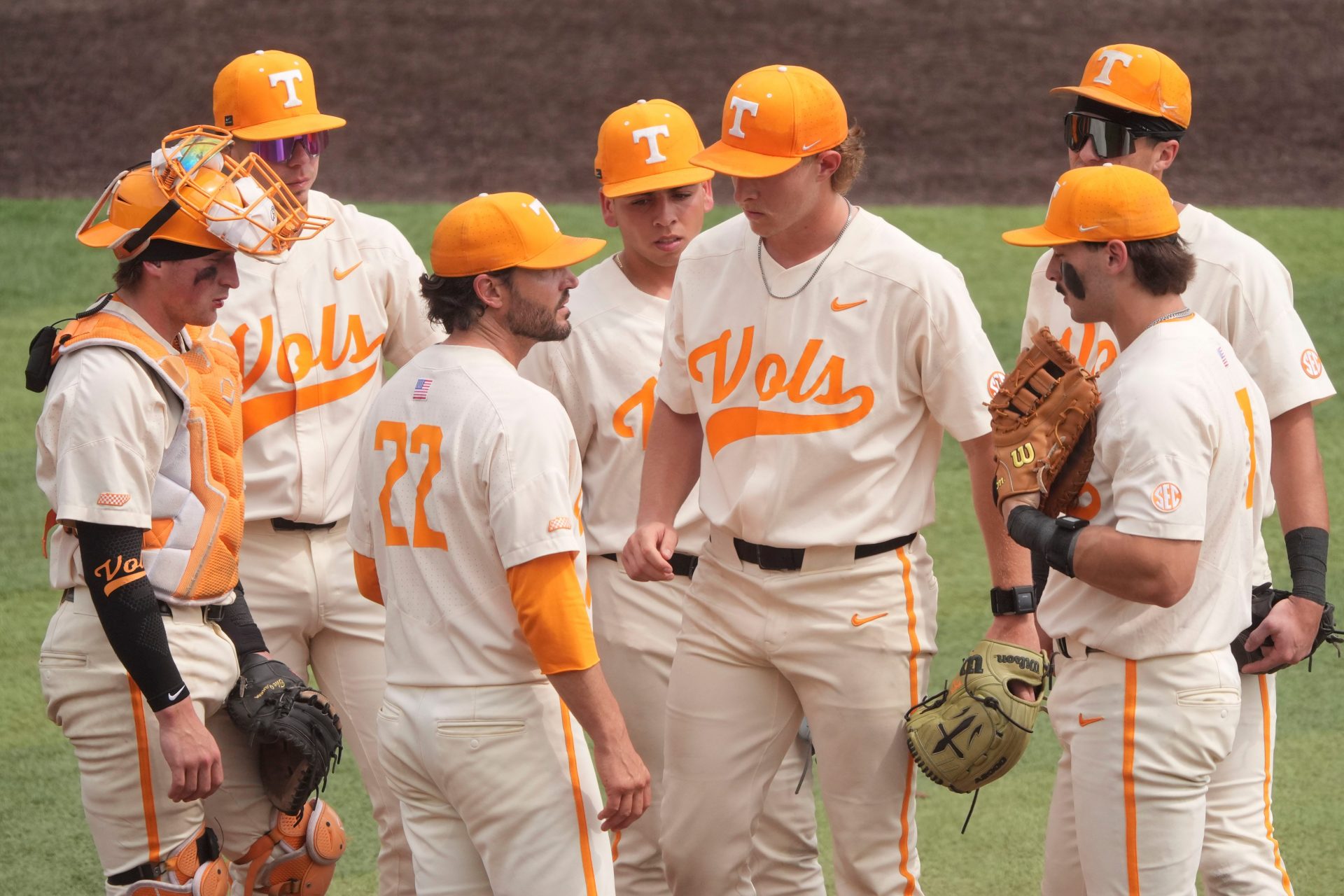The introduction of NIL rights has transformed college athletics by enabling athletes to commercialize their brands. However, the advantages of the new era aren’t distributed equally throughout all sports.
While collegiate football players like Colorado QB and future NFL Draft pick Shedeur Sanders sign multimillion-dollar deals, their baseball counterparts face a more modest financial situation.

Shedeur Sanders’ $6.5M NIL Valuation Exposes Shocking Gap in College Baseball Earnings
Shedeur Sanders, the Colorado Buffaloes’ outgoing quarterback, is not only lighting up the football field but also dominating the NIL era. Sanders, with an eye-popping NIL valuation of $6.5 million, has become the face of collegiate sports endorsements, partnering with brands like Beats by Dre, Gatorade, Mercedes-Benz, and Google.
Meanwhile, even the best collegiate baseball players are only scraping the surface of NIL riches. The top 25 NIL earners in baseball average slightly more than $45,000 per year, which pales in comparison to Sanders’ monthly salary.
Despite the College World Series drawing major viewership and packed stadiums, baseball remains a lower-tier NIL sport. According to Keller’s recent LinkedIn report on NIL economics, baseball earnings don’t compare.
- Average NIL spending per SEC baseball team: $820K – $920K annually
- Average NIL spending per ACC team: Roughly half of the SEC’s numbers
- Top baseball athletes: Averaging just over $45,000/year in NIL deals
This spending is highly focused on strong schools, which means that the majority of Division I baseball players receive little to no NIL compensation.
The NIL market favors visibility, and social influence are the two areas football dominates. Key reasons why athletes like Sanders attract massive deals.
- National exposure: Weekly televised games, playoff hype, and media attention
- Brand alignment: Quarterbacks often symbolize leadership, flash, and marketability
- Social media influence: Sanders has a major online presence, which brands love
In comparison, even the top collegiate baseball players compete in a sport with fewer TV contracts, limited digital content, and fewer viral moments.
This growing financial disparity isn’t just an interesting stat, it has real consequences.
- Recruiting Challenges: Baseball programs may struggle to attract elite talent without NIL incentives
- Program Retention: Athletes may transfer to higher-paying programs or sports
- Donor Fatigue: As top programs ask for more NIL funding, smaller sports might be left behind
The NIL ecosystem is rapidly evolving into a pay-to-play arena, and baseball risks slipping behind unless it adapts.
RELATED: Top 5 College Baseball Players by NIL Value
NIL is no longer just about skill; it’s about marketability, which means collegiate baseball must rethink how it promotes itself to fans, businesses, and media outlets.
As NIL grows, experts and policymakers are discussing potential measures to level the playing field. Revenue-sharing, NIL caps, and conference-wide NIL funds are among the proposals being discussed on Capitol Hill and in NCAA offices.
But, for the time being, Shedeur Sanders’ $6.5 million valuation will serve as a reminder that not all athletes compete on the same financial level in the college sports industry.
College Sports Network has you covered with the latest news, analysis, insights, and trending stories in college football, men’s college basketball, women’s college basketball, and college baseball!

